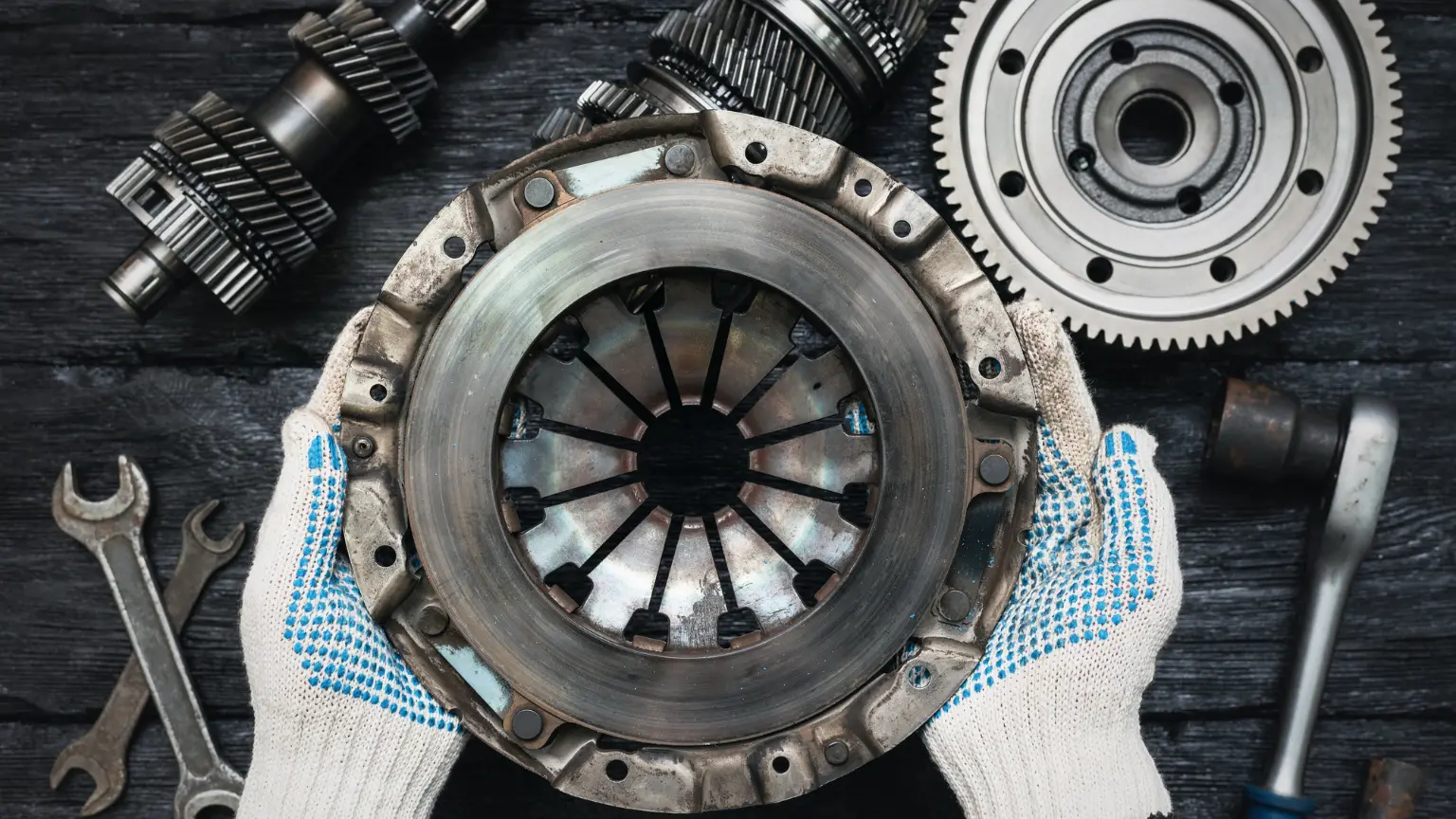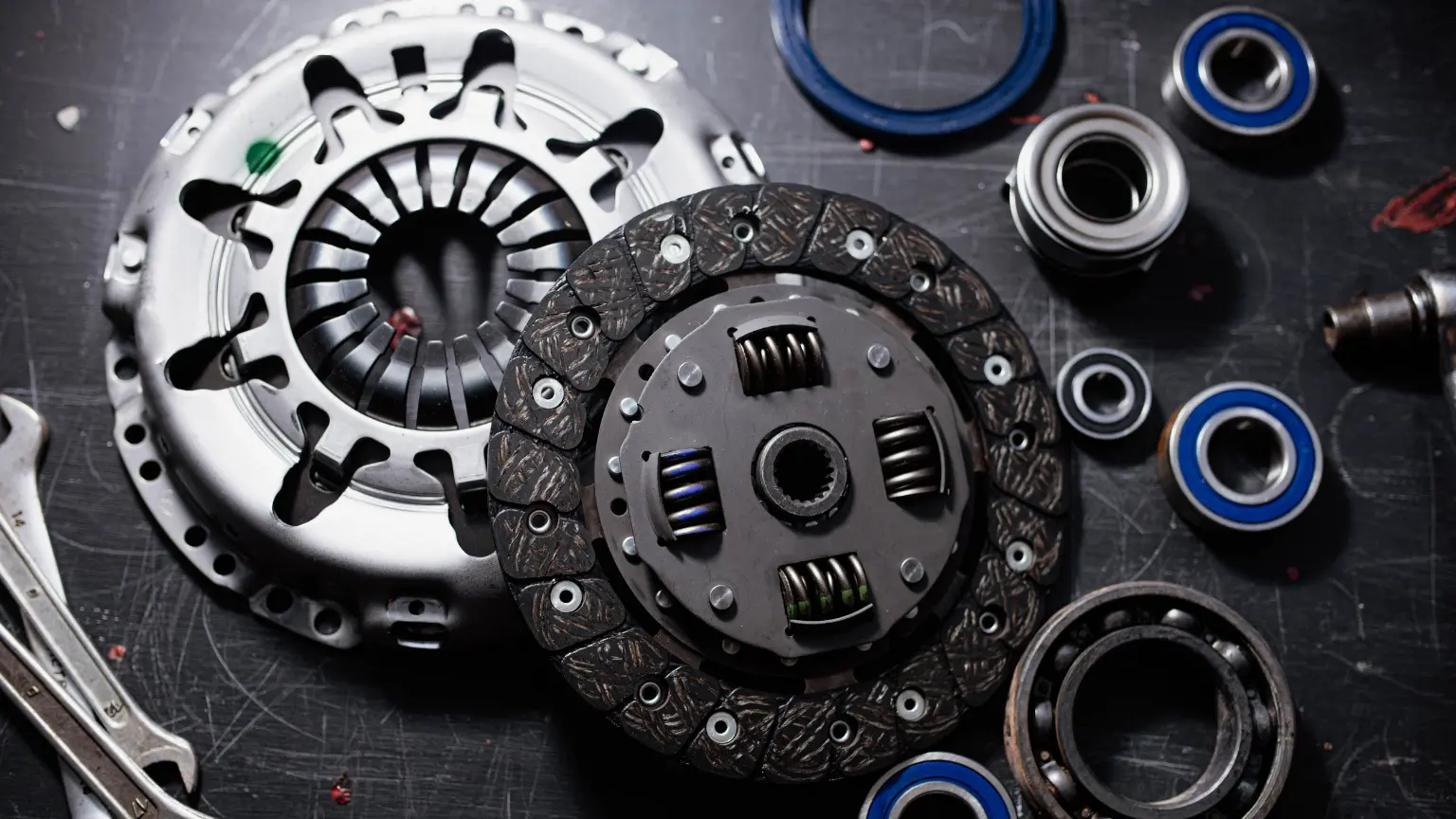Key Milestones in Your Transmission's Lifecycle
A Continuously Variable Transmission (CVT) uses adjustable pulleys and a belt to provide infinite gear ratios, delivering smooth acceleration, optimal engine efficiency, and improved fuel economy.

Understanding the transmission lifecycle milestones is crucial for every car owner. By recognizing the phases your vehicle’s transmission goes through, from optimal performance to potential failure, you can take proactive measures to extend its life. Familiarizing yourself with these milestones helps prevent sudden breakdowns and expensive repairs. Whether you're a new driver or a seasoned automobile enthusiast, gaining insights into the vehicle transmission timeline and its critical points can save you time, money, and stress.
Transmission Lifespan and Longevity
Transmissions are engineered to last for many years, but their actual lifespan can vary significantly depending on several key factors. On average, modern automatic transmissions are expected to last between 100,000 and 150,000 miles, with some well-maintained units surpassing 200,000 miles. Manual transmissions, due to their simpler design and fewer electronic components, can sometimes achieve even greater longevity when operated by skilled drivers. The evolution of transmission technology, including improved materials, advanced fluids, and better engineering, has contributed to longer lifespans in newer vehicles compared to older models, which often required major service before reaching 100,000 miles. However, lifespan is not solely determined by design; it is also heavily influenced by how the vehicle is used. Factors such as frequent towing, driving in extreme temperatures, and stop-and-go traffic can accelerate wear and reduce longevity. Adherence to recommended maintenance schedules, such as timely fluid and filter changes, is critical to maximizing a transmission’s usable life. Even the manufacturer and specific model can make a difference, as some transmissions are known for their durability while others may have higher failure rates. Understanding these influences empowers owners to make informed decisions that help their transmissions last as long as possible.
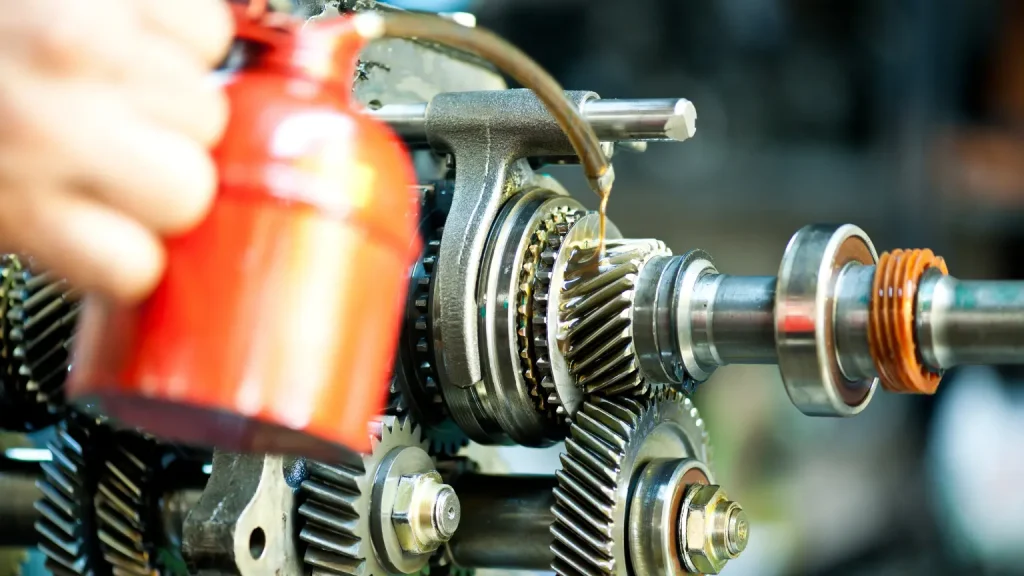
The Early Years: Optimal Transmission Performance
New or Recently Serviced Transmission
During this period, your vehicle will feel most responsive, with the transmission operating seamlessly behind the scenes. This is the ideal time to become acquainted with how your car feels when the transmission is in top condition, which will help you better detect future deviations that may signal issues.
Early Maintenance Practices
To maintain the integrity of your transmission from the start, adhere to a set of preventive maintenance routines. This includes scheduling regular auto transmission service to check the transmission fluid level and quality, which are critical for proper functioning. Engaging in these early maintenance practices helps sustain the initial high performance and can prevent premature wear and tear. Keeping the transmission fluid at the correct level and ensuring it is properly lubricated are fundamental to your transmission's health. This fluid facilitates smooth gear shifts, lubricates the components, and helps cool the system. Regularly checking and replacing the fluid as needed can dramatically reduce the risk of transmission wear and tear and keep it running smoothly.
Preventive Care and Routine Maintenance
Recommended maintenance practices that can help extend the life of a transmission and prevent premature failure.
Importance of Routine Transmission Checks
By setting a schedule to improve transmission longevity, you ensure that potential issues, such as fluid leaks or unusual noises, are addressed promptly. These checks are vital to a comprehensive transmission care guide, providing opportunities to catch subtle signs of wear that could lead to more significant problems if overlooked.
Understanding Service Intervals and Schedules
Sticking to recommended service intervals is crucial for transmission maintenance. The manufacturer's guidelines suggest optimal service intervals, which may include fluid and filter changes. Following these schedules helps maintain the transmission's efficiency and can prevent breakdowns that lead to high repair bills and inconvenient downtimes.
Role of Car Transmission Mechanics
Professional mechanics are invaluable in the upkeep of your vehicle’s transmission. Their expertise allows them to diagnose issues accurately and provide the necessary repairs or adjustments. A trusted mechanic can also guide you on when and how to address transmission concerns, ensuring that your car receives the best care tailored to its needs.
Signs of Early Wear and Tear
Identifying Delayed Shifts or Gear Slipping
One of the earliest indicators of transmission issues is the occurrence of delayed shifts or gear slipping. This can manifest as a hesitation between gear changes or the engine revving higher than normal before the gear engages. Such symptoms suggest that the wear and tear has begun to affect the performance, signaling the need for a diagnostic check to prevent further damage.
Recognizing Unusual Noises and Vibrations
Unusual noises, such as whining or buzzing coming from the transmission or vibrations that weren't present before, can be key indicators of early problems. These signs can be caused by a variety of issues, from worn gear teeth to inadequate fluid levels. Noting these changes early can lead to quicker diagnoses and simpler repairs, thus maintaining the overall health of the transmission.
Addressing Minor Fluid Leaks Early
Small leaks in the transmission system can lead to big problems if not addressed promptly. Fluid leaks might appear as dark spots on your driveway or persistent drops hanging from the vehicle's undercarriage. Early detection and repair of these leaks are crucial to prevent low fluid levels that can cause overheating and increased friction within the transmission.
Common Causes of Transmission Overheating
Understanding the root causes of overheating is essential for maintaining your vehicle's health and ensuring its longevity. Below are some of the most common reasons transmissions overheat, along with expanded explanations to help you recognize and prevent these issues:
- Old or Dirty Fluid: Contaminated or aged fluid increases friction, which generates excess heat and can lead to overheating. Debris, metallic particles, or sludge in the fluid further exacerbate the problem by restricting flow within the transmission. Regularly replacing your transmission fluid according to the manufacturer’s recommendations is essential for maintaining system performance. Ignoring this maintenance task can result in unnecessary wear and tear, potentially shortening the lifespan of your transmission. Keep an eye on the color and consistency of the fluid during routine checks to catch issues before they escalate.
- Faulty Transmission Cooler: If this component is damaged, clogged, or otherwise compromised, it cannot effectively remove excess heat. A malfunctioning cooler may result from physical damage, internal blockages, or issues with connected components such as the radiator. When the cooler fails to function, the transmission fluid overheats, leading to a cascade of potential problems. Diagnosing and repairing cooling issues promptly can prevent further damage and maintain the transmission’s operational efficiency.
- Excessive Load or Towing: Overloading your vehicle or towing beyond its recommended capacity puts undue strain on the transmission. The additional weight forces the system to work harder, generating excessive heat in the process. Continuous exposure to such conditions without adequate precautions can cause permanent damage. Using a vehicle within its towing and load limits is crucial to avoid overheating. For those who frequently tow or haul heavy loads, consider installing auxiliary coolers or ensuring your vehicle is equipped with a transmission designed for the task. Proper load management not only protects your transmission but also enhances the overall safety of your vehicle.
By comprehending these common causes of transmission overheating, you can take proactive steps to maintain your vehicle’s health. Regular maintenance, proper fluid management, and adjustments to driving habits are key to preventing overheating and extending the life of your transmission.
Mid-Lifecycle Challenges and Solutions
How Car Transmissions Age Over Time
As your vehicle ages, the transmission undergoes natural wear that affects its components and performance. Gears may become less precise, and seals or gaskets can deteriorate, leading to leaks or a decline in hydraulic pressure. Recognizing these changes as inevitable parts of the transmission lifespan stages allows for timely interventions that can help maintain performance and delay major overhauls.
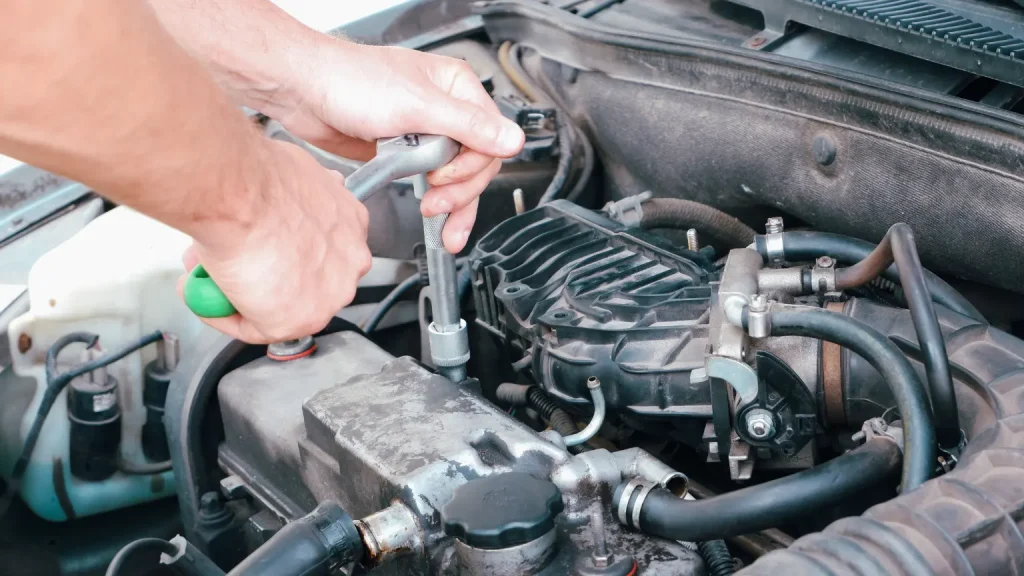
Monitoring Performance During Heavy Use
Vehicles frequently used under strenuous conditions require more vigilant monitoring. During heavy use, it's crucial to observe how the transmission responds to stress. Any signs of hesitation, overheating, or difficulty in shifting should be addressed immediately to prevent lasting damage to the transmission system.
Diagnosing Common Transmission Issues
Technicians might use specialized equipment to detect discrepancies in the transmission's behavior or rely on manual inspections to assess the wear on physical components. Effective diagnosis is crucial for targeting repairs that can restore functionality without necessitating complete system overhauls. Prompt and precise repairs are essential for managing mid-lifecycle transmission challenges. Replacing worn parts like clutch plates or sensors before they fail completely can save the entire system from more severe damage. Technicians must focus on the symptoms and underlying causes of transmission malfunctions to ensure that repairs are effective and durable.
Extending Transmission Life Through Best Practices
Driving Habits That Reduce Transmission Strain
By adopting practices that minimize stress on the transmission, you can ensure smoother operation and avoid costly repairs. Below are key habits that help reduce transmission strain, with detailed explanations to help you implement them effectively:
- Avoid High RPMs: Driving at high RPMs (revolutions per minute) can place undue strain on your transmission, as it forces the engine to work harder and the gears to bear excessive stress. Revving the engine aggressively, whether during acceleration or while stationary, increases wear and tear on both the engine and transmission components. To avoid this, accelerate gradually and monitor your vehicle’s tachometer to ensure the RPM stays within a reasonable range. Modern cars often have eco-driving modes or indicators that suggest optimal RPM levels for efficient driving.
- Use Handbrake on Inclines: When stopping on an incline, many drivers rely solely on the accelerator to keep the vehicle stationary. This practice, known as "riding the transmission," creates unnecessary stress on the transmission and other drivetrain components. Instead, engage the handbrake or parking brake to hold the vehicle in place. This method prevents the transmission from bearing the entire load, especially in automatic vehicles, where the torque converter can overheat under prolonged strain. Using the handbrake is a simple yet effective way to preserve your transmission's health while ensuring safety, particularly on steep gradients or when waiting at stoplights.
- Shift Properly: For drivers of manual transmission vehicles, proper shifting technique is essential for minimizing strain on the system. Failing to fully engage the clutch before shifting gears can cause the gears to grind, leading to premature wear and potential transmission damage. Also, avoid "riding the clutch," where the pedal is partially engaged for extended periods, as this can overheat and degrade the clutch system. Practice smooth, deliberate shifts and match your gear selection to the appropriate speed. With proper technique, you can enhance the longevity of your manual transmission and improve overall driving performance.
- Plan Routes Wisely: Stop-and-go traffic, hilly terrain, and unpaved roads all contribute to increased transmission strain. Frequent stops and starts require constant gear changes, which generate more heat and wear over time. To minimize this strain, plan your routes to avoid heavy traffic and difficult driving conditions whenever possible. Utilize navigation apps that offer real-time traffic updates and suggest alternative routes. This strategy reduces transmission stress and saves fuel and time, making your drives more efficient and enjoyable.
Cultivating these driving habits can significantly reduce transmission strain and enhance your vehicle’s reliability. Small changes in your driving style and routine maintenance can have a profound impact on the lifespan and performance of your transmission, helping you avoid costly repairs in the future.
Managing Transmission Temperature
Maintaining an optimal transmission temperature is vital for its health and efficiency. Regular checks of the cooling system and the transmission fluid can detect any potential overheating risks before they cause damage. As emphasized before, keeping the fluid at the correct level and condition ensures it can properly lubricate and cool the transmission components, which is especially crucial under heavy usage conditions.
Late-Stage Transmission Performance Issues
Signs of Transmission Failure
As a transmission reaches the later stages of its life, signs of severe wear or impending failure become more apparent. These symptoms may include more pronounced slipping between gears, delayed response when shifting, or a noticeable decrease in fuel efficiency. Such indicators suggest that the transmission components may be nearing the end of their functional lifespan, requiring comprehensive assessments to determine the appropriate course of action.
Grinding Sounds, Burning Odors, and Shifting Difficulties
Grinding sounds during shifting, the smell of burning transmission fluid, and increased difficulty in changing gears clearly warn that the transmission is under severe stress. These issues typically arise from a lack of proper lubrication or from internal components grinding against each other, which can lead to significant damage if not promptly addressed.
Evaluating Repair vs. Replacement Options
Deciding whether to repair or replace a transmission involves considering several factors, such as the age of the vehicle, the cost of repairs compared to the vehicle's value, and how long you plan to keep the car. Sometimes, replacing an older transmission with a new or rebuilt one might be more cost-effective in the long run, especially if it ensures reliability and extends the vehicle’s usable life.
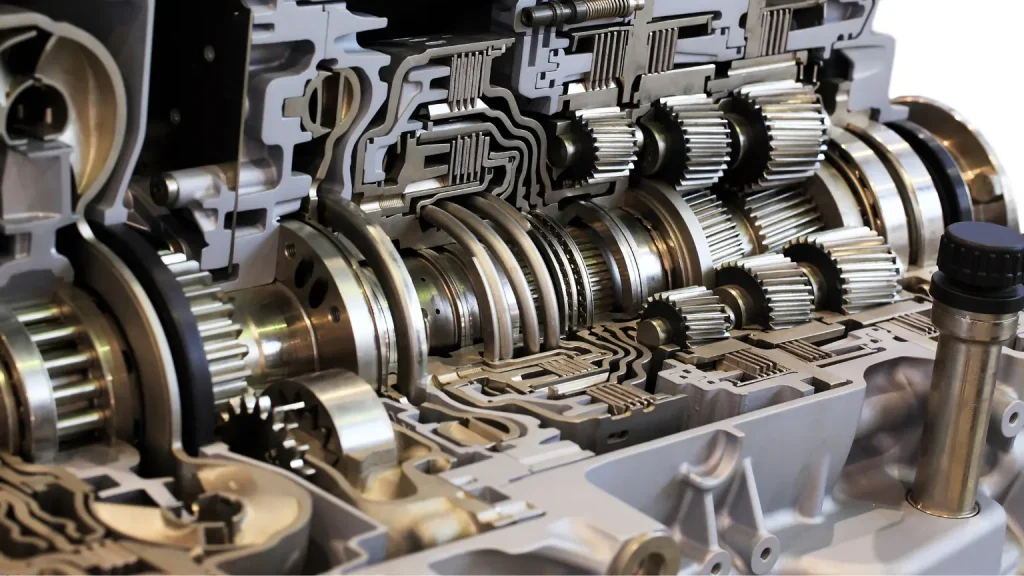
Role of Professional Transmission Services
Finding Reliable Auto Transmission Shops
Look for shops with certified technicians who specialize in transmission repairs and replacements. Reviews and recommendations from other vehicle owners can provide insights into the reliability and quality of the services offered. A trustworthy shop should offer transparent pricing, detailed diagnostics, and warranties on its work.
Ensuring Quality Repairs and Maintenance
High-quality repairs and regular maintenance from professional services are indispensable for the longevity of your transmission. Skilled technicians use advanced diagnostic tools to identify problems and determine the best solutions accurately. These help mechanics adjust detailed settings, measure transmission performance, and pinpoint defects with high accuracy. Access to the latest automotive diagnostic technology enables efficient, effective treatment of transmission issues, ensuring your vehicle returns to optimal condition. They should also use high-quality parts and fluids that meet or exceed manufacturer specifications to ensure that repairs last and help maintain the transmission’s performance.
Value of Specialized Mechanics
Specialized car transmission mechanics bring a wealth of expertise and experience to the table, which is essential for complex transmission systems. Their specialized training allows them to understand the intricacies of different transmission types and the unique challenges each might present. This expertise is invaluable for complex diagnostic procedures and intricate repairs that general mechanics may not be equipped to handle.
Maintaining the lifecycle of a car transmission is ongoing and requires attention and care. However, with the right knowledge and habits, you can effectively manage this crucial component of your vehicle, ensuring it serves you well for many miles. Remember that variables such as transmission type, manufacturer, and driving habits can affect a transmission's durability and reliability over time. Protect your transmission at every stage of its lifecycle by scheduling expert inspections, maintenance, and repair with the specialists at Trans Medic Transmissions. Embrace the responsibility of transmission care as part of your overall vehicle maintenance to enjoy uninterrupted performance and optimal vehicle health.
Follow a maintenance program
Ante gravida id aenean quis egestas risus nam amet nullam leo diam diam aliquam eu eu malesuada arcu rhoncus suspendisse nulla mattis ut amet sagittis in justo egestas.

search for a trusted mechanic
Lorem ipsum dolor sit amet, consectetur adipiscing elit lobortis arcu enim urna adipiscing praesent velit viverra sit semper lorem eu cursus vel hendrerit elementum morbi curabitur etiam nibh justo, lorem aliquet donec sed sit mi dignissim at ante massa mattis.
- Neque sodales ut etiam sit amet nisl purus non tellus orci ac auctor
- Adipiscing elit ut aliquam purus sit amet viverra suspendisse potent
- Mauris commodo quis imperdiet massa tincidunt nunc pulvinar
- Excepteur sint occaecat cupidatat non proident sunt in culpa qui officia
Check the air pressure in your tires
Vitae congue eu consequat ac felis placerat vestibulum lectus mauris ultrices cursus sit amet dictum sit amet justo donec enim diam porttitor lacus luctus accumsan tortor posuere praesent tristique magna sit amet purus gravida quis blandit turpis.
Review your suspension frequently
At risus viverra adipiscing at in tellus integer feugiat nisl pretium fusce id velit ut tortor sagittis orci a scelerisque purus semper eget at lectus urna duis convallis. porta nibh venenatis cras sed felis eget neque laoreet suspendisse interdum consectetur libero id faucibus nisl donec pretium vulputate sapien nec sagittis aliquam nunc lobortis mattis aliquam faucibus purus in.
- Neque sodales ut etiam sit amet nisl purus non tellus orci ac auctor
- Adipiscing elit ut aliquam purus sit amet viverra suspendisse potent
- Mauris commodo quis imperdiet massa tincidunt nunc pulvinar
- Excepteur sint occaecat cupidatat non proident sunt in culpa qui officia
Service your vehicle as regularly as posible
At risus viverra adipiscing at in tellus integer feugiat nisl pretium fusce id velit ut tortor sagittis orci a scelerisque purus semper eget at lectus urna duis convallis. porta nibh venenatis cras sed felis eget neque laoreet suspendisse interdum consectetur libero id faucibus nisl donec pretium vulputate sapien nec sagittis aliquam nunc lobortis mattis aliquam faucibus purus in.
“Nisi quis eleifend quam adipiscing vitae aliquet bibendum enim facilisis gravida neque velit euismod in pellentesque”
Conclusion
Eget lorem dolor sed viverra ipsum nunc aliquet bibendum felis donec et odio pellentesque diam volutpat commodo sed egestas aliquam sem fringilla ut morbi tincidunt augue interdum velit euismod eu tincidunt tortor aliquam nulla facilisi aenean sed adipiscing diam donec adipiscing ut lectus arcu bibendum at varius vel pharetra nibh venenatis cras sed felis eget.

